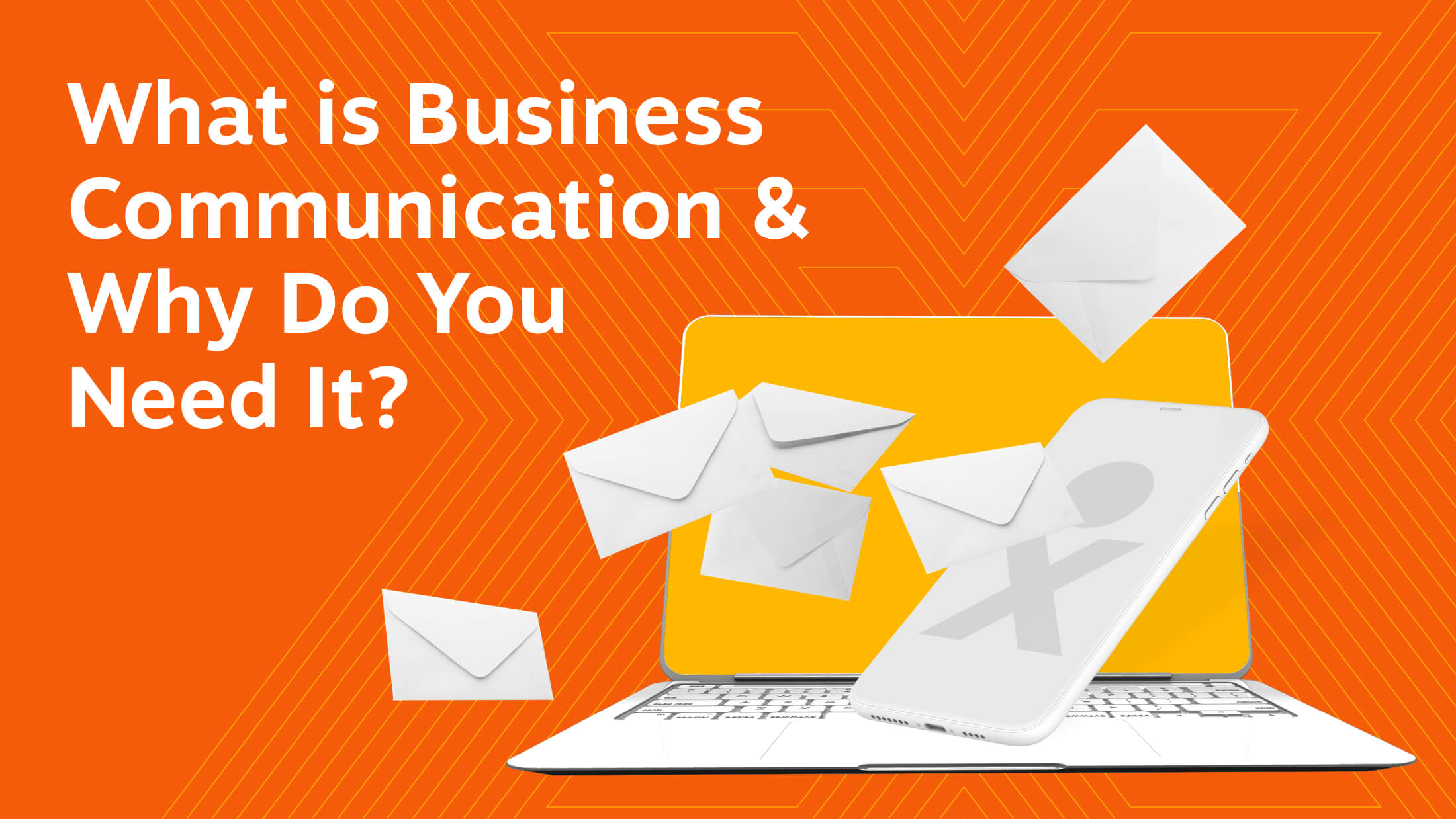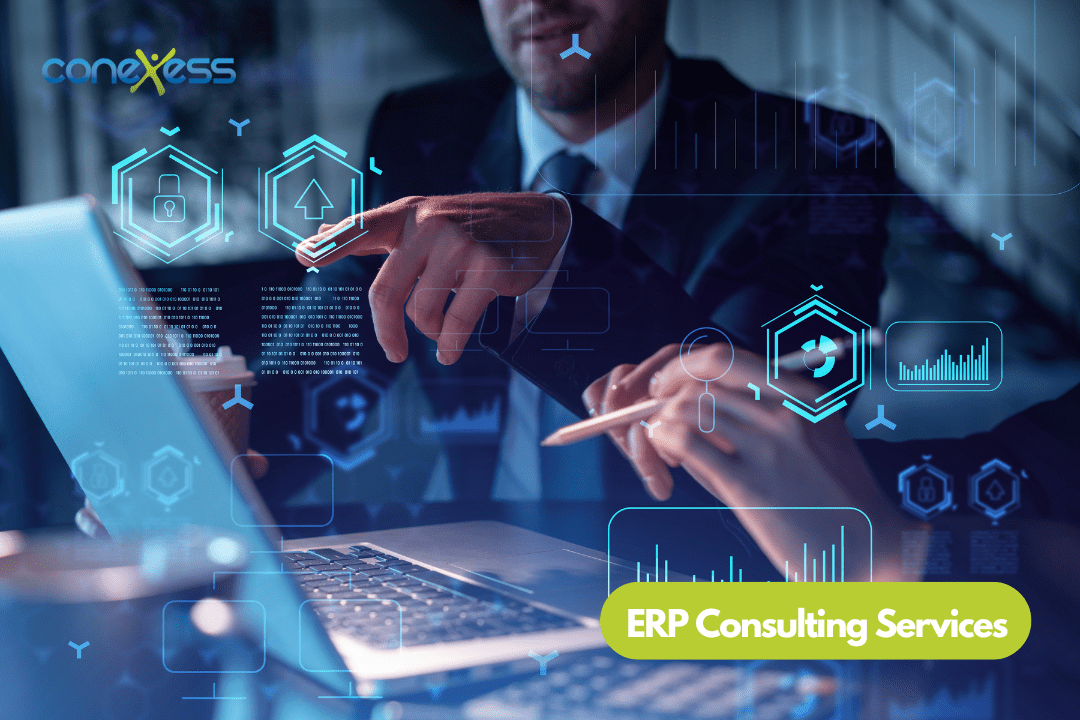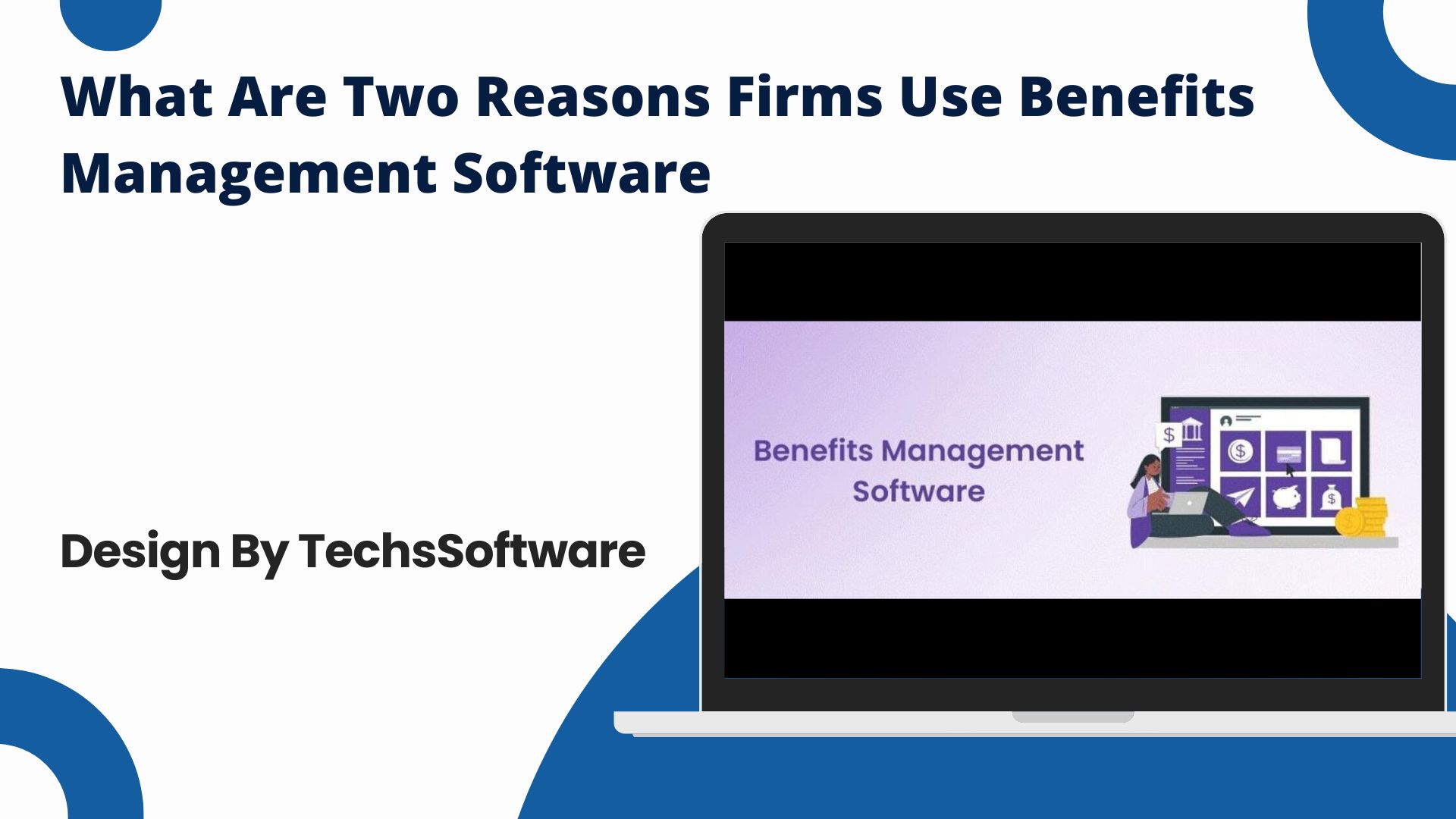Firms use benefits management software to streamline administrative tasks and improve employee engagement. It also helps in cost management.
Software for benefits management is crucial for contemporary companies. Complex administrative tasks are made simpler, saving HR departments time and effort. Businesses can concentrate on strategic initiatives instead of tedious paperwork by automating operations. This programme facilitates quick access to benefit information, which also raises employee engagement.
Workers are able to make educated decisions, monitor usage, and manage their benefits. Cost control is yet another important benefit. Businesses are able to optimise their benefit packages and examine spending trends. By doing this, the company and its workers are guaranteed to receive the best value. All things considered, benefits management software is an invaluable resource for effective and efficient benefits management.
Introduction To Benefits Management Software
Benefits management software is essential for modern firms. It helps them manage employee benefits efficiently. This software makes HR tasks easier and saves time. Firms can focus on growth and employee satisfaction.
The Rise Of Tech In HR
Technology is changing how companies manage HR tasks. HR departments now use advanced tools for various functions. Benefits management software is one of these tools. It automates many tasks, reducing errors and increasing efficiency.
HR tech helps in tracking employee benefits. It ensures compliance with regulations. Software solutions also offer valuable insights and data analytics. This helps firms make informed decisions.
Key Functions Of Benefits Management Platforms
Benefits management platforms have several key functions. They streamline benefits administration and enhance employee experience.
- Enrollment: Employees can easily enroll in benefits programs.
- Tracking: The software tracks usage and eligibility.
- Compliance: Ensures compliance with laws and regulations.
- Data Analytics: Provides insights into benefits utilization.
These platforms also offer self-service portals. Employees can access their benefits information anytime. This improves transparency and satisfaction.
| Function | Description |
|---|---|
| Enrollment | Easy signup for benefits programs. |
| Tracking | Monitor benefits usage and eligibility. |
| Compliance | Adhere to laws and regulations. |
| Data Analytics | Gain insights into benefits usage. |
Benefits management software is vital for firms today. It improves efficiency and employee satisfaction. By automating tasks, firms can focus on growth and development.
.jpg?width=621&height=1553&name=Cost%20Benefit%20Switch%20to%20BQE%20CORE%20Infographic%20(3).jpg)
Credit: blog.bqe.com
Efficiency In Benefits Administration
Efficiency in benefits administration is essential for any firm. Benefits management software helps streamline and automate these processes. This leads to significant time and cost savings.
Streamlining Enrollment Processes
Benefits management software makes enrollment easy. Employees can enroll online, reducing paperwork. This speeds up the process and reduces errors. It also allows employees to review their choices at any time.
The software provides clear instructions and options. This ensures that employees make informed decisions. Managers can track enrollment progress in real-time. This helps to quickly identify any issues.
Automating Routine Tasks
Many repetitive processes are automated by the programme. This covers managing eligibility and figuring out benefit expenses. Data entry by hand is less necessary when automation is used. This saves time and reduces errors.
Reminders and notifications are also automated. Workers are informed about their advantages in a timely manner. This minimises the need for follow-up and keeps everyone informed.
HR employees’ time is freed up when these jobs are automated. They are able to concentrate on more calculated tasks. Overall productivity and efficiency are raised as a result.
| Task | Manual Process | Automated Process |
|---|---|---|
| Enrollment | Paper forms | Online portal |
| Eligibility Checks | Manual review | Automated validation |
| Notifications | Email reminders | Automated alerts |
Data Management And Accessibility
Data Management and Accessibility are crucial reasons firms use benefits management software. These tools help streamline data processes and make information easily accessible. This ensures efficient management of employee benefits, leading to better business operations.
Centralized Benefits Data
Benefits management software keeps all benefits data in one place. This centralized approach eliminates the need for multiple spreadsheets and manual records. HR teams can access employee information quickly, reducing errors and saving time.
Having a single source of truth ensures data consistency. It also makes it easier to update benefits plans and track changes. This centralized data management improves efficiency and accuracy.
| Benefits | Description |
|---|---|
| Time-saving | Quick access to all data in one place. |
| Error reduction | Less manual input means fewer mistakes. |
| Data consistency | One source of truth for all benefits information. |
Enhanced Decision-making With Real-time Information
Real-time data access is a game-changer for decision-making. Benefits management software provides live updates on employee benefits. This allows HR teams to make informed decisions quickly.
With real-time information, firms can respond to employee needs faster. They can also analyze trends and adjust benefits plans as needed. This ensures that the benefits program remains competitive and aligned with employee expectations.
- Live updates for immediate insights.
- Quick decision-making based on current data.
- Trend analysis to keep benefits competitive.
Real-time data is key for staying ahead in the competitive business landscape.
Cost Reduction Strategies
Many firms use benefits management software to cut costs. This software offers many cost reduction strategies. Here, we will explore two key methods: eliminating manual errors and reducing administrative overhead.
Eliminating Manual Errors
Manual processes often lead to mistakes. These mistakes can be expensive to fix. Benefits management software automates these processes. Automation reduces errors and saves money. The software ensures data accuracy. Accurate data avoids costly corrections.
Reducing Administrative Overhead
Managing benefits manually takes time. It requires many staff hours. This leads to high administrative costs. Benefits management software automates tasks. Automation reduces the need for manual input. This cut in manual work lowers costs.
The software also simplifies complex tasks. It handles bulk data efficiently. Fewer staff are needed to manage benefits. This further reduces overhead costs.
| Manual Process | With Software |
|---|---|
| High error rates | Reduced errors |
| Many staff needed | Fewer staff needed |
| Time-consuming | Time-efficient |
Roi Through Strategic Benefits Planning
Firms use benefits management software to maximize their return on investment (ROI). Strategic benefits planning helps companies save money and keep employees happy. This results in a better workplace and more profits.
Customizing Benefits Packages
Benefits management software allows firms to customize benefits packages. Each employee has unique needs and preferences. Customized packages can include health insurance, dental plans, and retirement options.
Using software, firms can easily create and manage these packages. This makes employees feel valued and cared for. Happy employees are more productive and loyal.
Impact On Employee Retention
Strategic benefits planning has a big impact on employee retention. Workers stay longer when they feel appreciated. Benefits management software helps track and improve employee satisfaction.
This software can identify which benefits employees like best. Firms can then focus on these popular options. Retaining employees saves money on training new hires. It also builds a strong, experienced team.
Here is a simple table showing the key benefits of using benefits management software:
| Benefit | Description |
|---|---|
| Customization | Create unique packages for each employee |
| Retention | Improve employee satisfaction and loyalty |
Using benefits management software is a smart move for any company. It boosts ROI and makes employees happier.
Compliance And Risk Mitigation
Firms often use benefits management software to handle compliance and reduce risks. Staying compliant with regulations can be challenging. Benefits management software helps firms avoid penalties. Let’s explore two key reasons.
Keeping Up With Regulations
Regulations change frequently. It is difficult for firms to keep track. Benefits management software updates automatically. This ensures the firm stays compliant. It also reduces manual work.
These systems alert administrators to new laws. They provide guidance on necessary actions. This proactive approach mitigates risks.
Avoiding Penalties With Proactive Compliance
Failing to comply can result in heavy fines. Benefits management software prevents these issues. It ensures all data is accurate and up-to-date. Firms can generate reports to prove compliance.
These reports are crucial during audits. They show the firm’s adherence to laws. This proactive compliance approach avoids penalties.
| Benefits | Details |
|---|---|
| Automatic Updates | Software updates with new regulations. |
| Alert Systems | Alerts administrators to new laws. |
| Accurate Data | Ensures data is always up-to-date. |
| Audit Reports | Generates compliance reports for audits. |
Analytics And Reporting Capabilities
Analytics and reporting capabilities are crucial features of benefits management software. These capabilities empower firms to make data-driven decisions. They also help in understanding the effectiveness of their benefits programs.
Insights Into Benefits Utilization
Firms gain valuable insights into benefits utilization through comprehensive analytics. These insights reveal how employees use their benefits. They help identify popular benefits and those underutilized. For example, a company might find that health benefits are most used, while wellness programs see less engagement.
Understanding utilization patterns can guide firms in optimizing their benefits offerings. They can allocate resources more effectively. This ensures employees get the most value from their benefits package.
| Benefit Type | Utilization Rate |
|---|---|
| Health Insurance | 80% |
| Retirement Plans | 60% |
| Wellness Programs | 40% |
Forecasting And Trend Analysis
Another key feature is forecasting and trend analysis. This feature helps firms predict future benefits usage. It uses historical data and trends to forecast upcoming needs.
For instance, trend analysis might show an increase in mental health support demand. This allows firms to prepare and allocate resources accordingly. Forecasting helps in budgeting and planning for future benefits programs.
Firms can also spot emerging trends and adjust their benefits strategy. This proactive approach ensures they stay ahead and meet employee needs effectively.
- Identify future benefits usage
- Allocate resources efficiently
- Spot emerging trends
Incorporating these analytics and reporting capabilities helps firms optimize their benefits management. They gain a competitive edge by offering tailored and effective benefits packages.
The Employee Experience
The employee experience is crucial in today’s competitive job market. Firms aim to create a positive experience for their staff. Benefits management software plays a significant role in this process. It helps improve employee satisfaction and retention.
Self-service Portals For Empowerment
Self-service portals allow employees to manage their own benefits. They can access information anytime without waiting for HR. This empowerment boosts their confidence and engagement.
Employees can view their benefits and make changes as needed. They can update personal information and enroll in new plans. This reduces the workload on HR and speeds up processes.
Self-service portals provide a user-friendly interface. The design is intuitive, making navigation easy. This ensures all employees, even those with limited tech skills, can use it.
| Feature | Benefit |
|---|---|
| 24/7 Access | Employees can access benefits anytime |
| Real-time Updates | Instant changes and updates |
| Easy Navigation | User-friendly interface |
Personalization Of Benefits
Personalization of benefits means tailoring options to individual needs. Each employee has unique preferences and requirements. Personalized benefits ensure each employee feels valued.
Benefits management software can analyze employee data. It suggests benefit plans based on age, health, and family status. This makes the benefits more relevant and useful.
Employees can choose plans that best suit their needs. This leads to higher satisfaction and better utilization of benefits. Personalized benefits demonstrate that the company cares about its employees.
- Customized health plans
- Flexible spending accounts
- Personal wellness programs
Personalized benefits also help attract and retain top talent. Employees are more likely to stay with a company that values them. This reduces turnover and recruitment costs.
Choosing The Right Benefits Management Software
Benefits management software helps firms manage employee benefits. Choosing the right software is crucial. The right tool saves time and reduces errors. Here are key factors to consider.
Key Features To Look For
- User-friendly interface: Easy to navigate for all users.
- Comprehensive reporting: Provides detailed reports for benefits tracking.
- Integration capabilities: Works well with existing HR systems.
- Security: Protects employee data with strong encryption.
- Customization: Tailor the software to meet specific needs.
Vendor Evaluation And Selection Process
- Research vendors: Look for vendors with good reviews.
- Request demos: See how the software works in real-time.
- Check references: Talk to other firms using the software.
- Compare costs: Ensure the software fits your budget.
- Evaluate support: Ensure the vendor offers strong customer support.

Credit: www.nextiva.com
Future Trends In Benefits Management Technology
Future trends in benefits management technology are reshaping how firms manage employee benefits. These trends focus on improving integration and utilizing emerging technologies.
Integration With Broader Hr Systems
One major trend is the integration of benefits management software with broader HR systems. This integration allows for seamless data flow between different HR functions. For example, payroll, attendance, and performance reviews can be connected.
With this integration, firms can provide a better user experience for employees. Employees can access all their HR information in one place. This saves time and reduces errors.
Consider the following advantages:
- Reduced administrative work
- Improved data accuracy
- Enhanced decision-making processes
Emerging Technologies Shaping Benefits Management
Emerging technologies are also playing a significant role in benefits management. Artificial Intelligence (AI) and Machine Learning (ML) are two key technologies.
AI helps in analyzing large amounts of data quickly. It can predict trends and suggest personalized benefits packages for employees.
ML improves over time by learning from data. This means the system gets better at predicting employee needs and preferences.
Other technologies like blockchain ensure data security and transparency. With blockchain, employees can trust that their data is safe and accurate.
Here are some ways emerging technologies are used:
- Personalized benefit recommendations
- Automated administrative tasks
- Enhanced data security
Adopting these technologies can make benefits management more efficient and effective.

Credit: www.conexess.com
Frequently Asked Questions
What Is The Purpose Of Benefits Management?
Benefits management aims to maximize the value of projects by identifying, planning, and measuring benefits. It ensures alignment with organizational goals.
What Are The Different Types Of Benefits Management?
Benefits management includes strategic, financial, operational, and stakeholder benefits. Strategic benefits align with long-term goals. Financial benefits focus on cost savings and revenue. Operational benefits improve processes and efficiency. Stakeholder benefits enhance satisfaction and engagement.
What Is The Benefits Management Plan In Project Management?
A benefits management plan outlines how project benefits will be identified, measured, and managed to ensure value realization. It helps track progress, align stakeholders, and optimize project outcomes.
Who Creates The Benefits Management Approach?
The project manager creates the benefits management approach. They ensure alignment with project objectives and stakeholder expectations.
Conclusion
Firms utilize benefits management software to streamline administrative tasks and enhance employee satisfaction. This software reduces errors and saves time. It also helps companies remain compliant with regulations. By investing in benefits management software, firms can focus more on strategic growth and less on administrative burdens.
This leads to a more productive workforce.


Leave a Reply